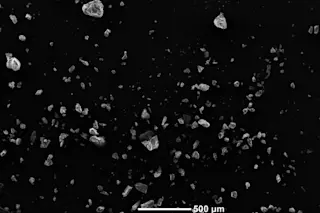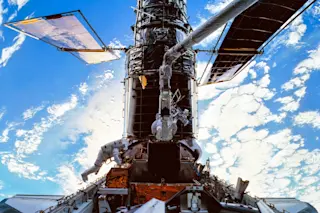Space Junk: How to Clean Up the Space Age's Mess
Didn't anyone tell space agencies to pick up their toys when they're finished playing? Now scientists have to invent new ways to undo decades of dumping in orbit.
More on Discover
Stay Curious
SubscribeTo The Magazine
Save up to 40% off the cover price when you subscribe to Discover magazine.
Subscribe












